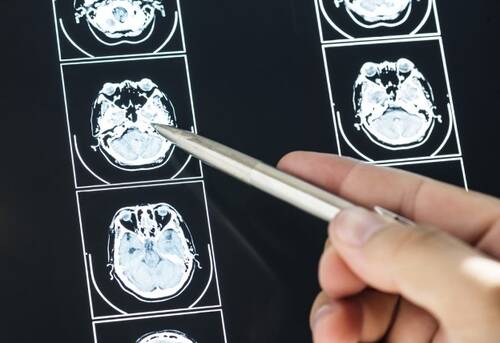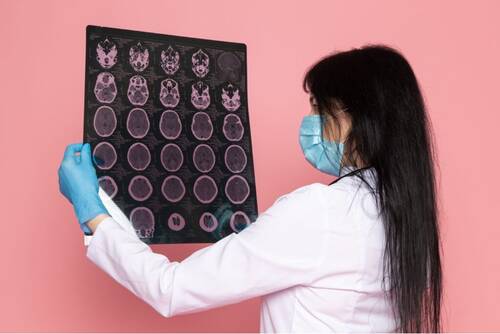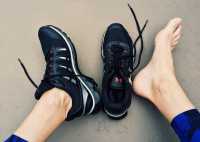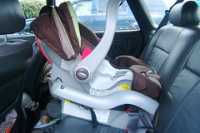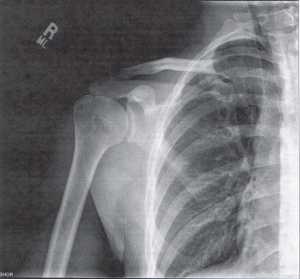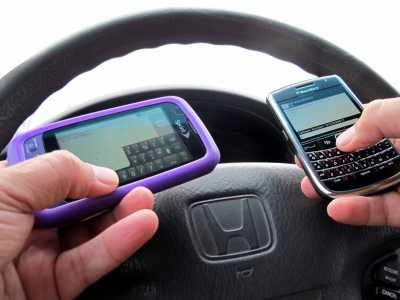Accidents & Violence, Brain Injury / 18.03.2025
The Symptoms of a Brain Injury You Should Know About
Though the consequences of brain injury can last a lifetime, the incident itself occurs in an instant. Brain injuries impact individuals differently, whether they result from a fall, automobile accident, sports injury, or other causes.
While some symptoms show up immediately, others could take days or even weeks to develop. Knowing what these symptoms are will help you seek early medical attention.
Traffic accidents and workplace incidents have caused a considerable number of brain injuries in Louisville, Kentucky. The busy streets of the city and the active industries contribute to the risks citizens face. A brain injury lawyer in Louisville can assist in obtaining the due support and compensation.
Here are some of the symptoms of a brain injury you should look out for.
Please see your health care provider after any injury or with a change in your symptoms for specific medical advice.
(more…)

